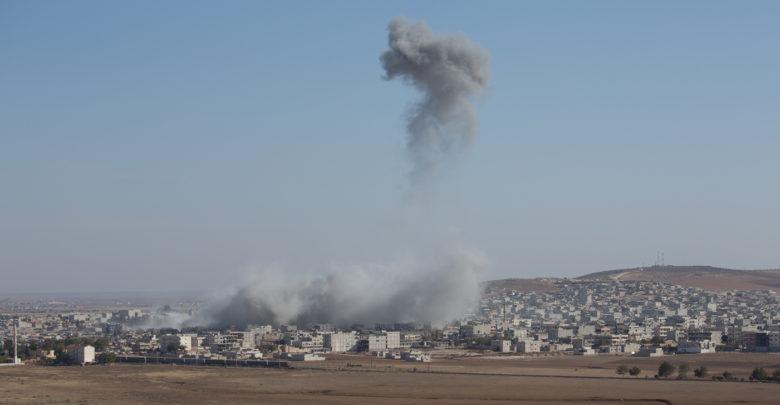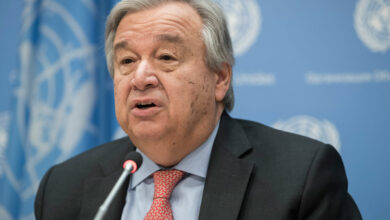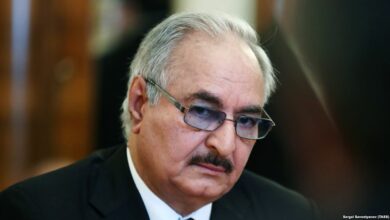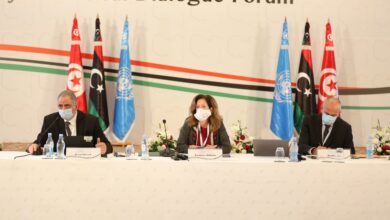Libya
UNSMIL Warns Explosive Ordnance Left By Armed Conflict Poses Major Risk To Libyans

The United Nations Support Mission in Libya (UNSMIL) on Tuesday warned that explosive ordnances left by armed conflicts pose a major threat to the lives of Libyans, reported Anadolu Agency.
It is estimated that more than 15 million square meters (3,700 acres) of land are contaminated with unexploded ordnance and mines in Libya.
“Despite strong efforts from mine action partners over the past decade, more than 15 million square metre (15 square km) are still contaminated with explosive ordnances across Libya,” the UNSMIL said on Tuesday.
The statement was made on the occasion of the International Day for Mine Awareness and Assistance in Mine Action, observed on April 4.
According to latest UN figures, a total of 19 people lost their lives, including 14 children, because of explosive remnants of war in Libya.
The UNSMIL said after the recent conflicts explosive remnants of war have been found to be littered across several areas.
The UN mission said that those remnants of war block safe access to education, healthcare, and development, and also continue to injure or kill people even after the fighting stopped, posing a big threat to the life of the people.
The UNSMIL said that 27,400 explosive ordnances were removed in Benghazi, Misurata, Sirte, and Tripoli last year. It called for scaling up efforts to remove explosive hazards.
Libya has been plagued by political instability, chaos, and armed conflicts ever since the toppling of the late leader Muammar Gaddafi’s regime in 2011. The country is split between two governments- an interim Western government in Tripoli, and another in the east backed by military leader Khalifa Haftar.
Last month, Abdoulaye Bathily, the UN envoy to Libya, said if legislative bodies in Libya fail to agree on electoral laws in a timely manner then the UN will be forced to take some action, indicating that it will not accept any more delay in elections.





